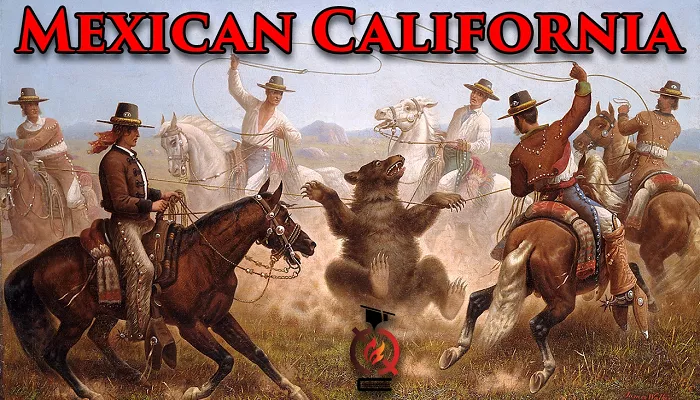California’s history is rich and complex, marked by various cultural and political shifts. Before Mexico’s control, the region experienced several transitions, each leaving a lasting impact on its identity.
Native American Tribes: The First Owners of California
Before any European power arrived, California was home to over 100 Native American tribes, each with distinct cultures, languages, and territories.
Major Tribes in Pre-Colonial California
| Tribe | Region | Key Facts |
|---|---|---|
| Chumash | Central Coast | Skilled sailors & traders |
| Miwok | Northern California | Lived in the Sierra Nevada |
| Yokuts | Central Valley | Largest population in CA |
| Kumeyaay | Southern California | Resisted Spanish colonization |
| Ohlone | San Francisco Bay Area | Nearly wiped out by missions |
How They Lived:
- Hunting & gathering (acorns, fish, deer)
- Trade networks stretching across the West
- No centralized government—tribes were independent
Impact of Colonization:
- Disease (smallpox) killed 90% of Native Californians
- Forced into Spanish missions (1700s-1800s)
Spanish Exploration and Colonization (1769–1821)
In 1769, Spanish explorers led by Gaspar de Portolá became the first Europeans to document California’s coast. Recognizing the strategic and religious importance of the area, Spain established the Viceroyalty of New Spain, encompassing vast territories, including present-day California. To solidify their claim and spread Christianity, the Spanish founded a series of missions along the California coast, starting with Mission San Diego de Alcalá. These missions aimed to convert Indigenous populations and integrate them into European cultural norms. Over time, Spain also established presidios (military forts) and pueblos (towns), further asserting control over the region.
Transition to Mexican Rule (1821–1848)
Mexico’s War of Independence from Spain culminated in 1821, leading to the birth of the Mexican Republic. The newly formed nation inherited Spain’s territories, including Alta California (Upper California). Under Mexican rule, significant changes occurred:
Secularization of Missions: The Mexican government sought to reduce the Catholic Church’s influence by secularizing missions, redistributing lands, and granting secular titles. This policy aimed to promote individual land ownership and reduce the Church’s temporal power.
Land Grants: The government issued land grants to individuals, leading to the rise of large ranchos. These grants were often given to Mexican citizens and, later, to foreigners who converted to Catholicism and were naturalized. This policy significantly altered the region’s land ownership and social structure.
Economic and Social Changes: The shift from mission-based to private landholding systems transformed California’s economy and society. It led to the growth of a ranching economy and introduced new social hierarchies, influencing the region’s development.
The Mexican-American War and the Treaty of Guadalupe Hidalgo (1846–1848)
Tensions between the United States and Mexico over territorial disputes, including the status of Texas and the boundaries of California, escalated into the Mexican-American War from 1846 to 1848. The conflict concluded with the Treaty of Guadalupe Hidalgo, signed on February 2, 1848. This treaty had profound implications:
Territorial Changes: Mexico ceded approximately 55% of its territory to the United States, including California.
Recognition of Rights: The treaty promised to protect the property and civil rights of Mexican nationals living in the ceded territories. However, the enforcement of these protections was inconsistent, leading to disputes and challenges for many residents.
Conclusion
Before Mexico’s control, California underwent significant transformations, influenced by Indigenous cultures, European colonization, and geopolitical shifts. Understanding this history provides insight into the state’s diverse heritage and the complex factors that have shaped its development.

